Turtles are scavengers, so they fall in the third trophic level of the food chain. As a result, they are prey to many animals. Of course, turtles have their shell for protection from predators. But even at that, they still fall prey at times.
Many of the animals that eat turtles are the usual big names. But then, some of their other predators may be surprising to you.
In this article, we talk about 18 animals that eat turtles and 13 that don’t.
Table of Contents
18 Animals That Eat Turtles
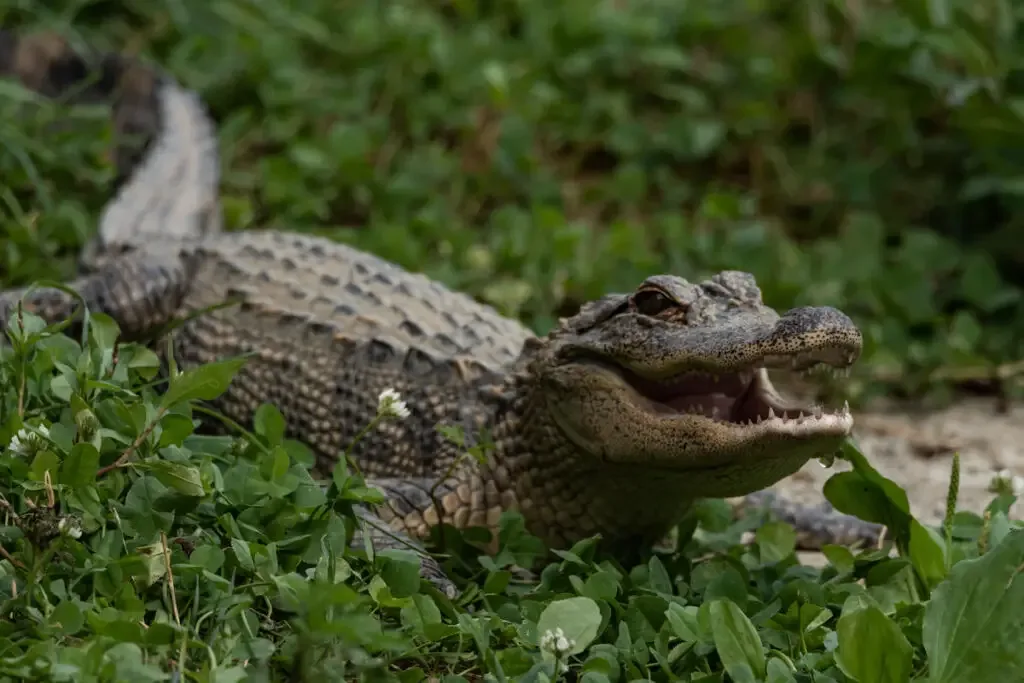
Alligator
While they usually do not go after turtles, alligators do eat turtles. In many cases, they typically go after turtles when they are hungry, and the turtle seems like an easy catch.
When alligators go after turtles, they do not prioritize size. In fact, they would prefer to attack turtles small enough to fit in their mouths.
Cats
Turtles are not part of the typical diet of a domestic cat. But if your cat comes across a turtle, preferably a tiny one, it may eat it.
Of course, your cat has to break the turtle’s shell first to feast on the turtle flesh. But once it does that, the turtle becomes cat food.
Crocodile
Turtles may not be their favorite meal, but like alligators, crocodiles eat turtles when they are hungry.
Unfortunately for turtles, the crocodile bite force of around 3700 psi is more than enough to crack their shells. So, a turtle shell may not be much protection when a crocodile comes seeking.
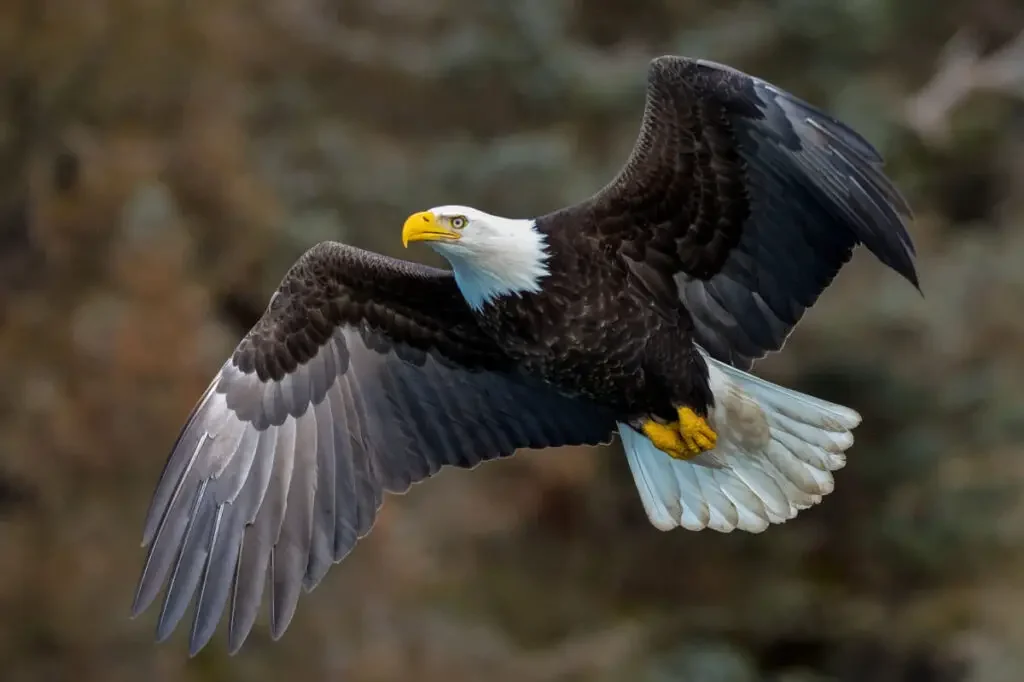
Eagles
Turtles are a regular part of some eagles’ diet.
Unlike crocodiles, the beak of an eagle cannot break the shell of a turtle. So, to gain access to turtle flesh, eagles capture their prey and fly very high. Once high up in the sky, they release the turtle, causing its shell to crack open.
Of course, when the shell opens, the eagles get their meat.
Owls
Owls are another group of birds of prey that eat turtles. They go after small-sized or large turtles. However, they prefer preying on the smaller ones because small-sized turtles typically have underdeveloped shells.
Breaking into an underdeveloped shell is easier for owls. Hence, the preference.
Hawks
Like eagles, hawks will take to the sky with prey turtles. Once high up in the sky, they release their prey, cracking the shell open.
With the turtle shell open, the hawks can feed on turtle flesh.
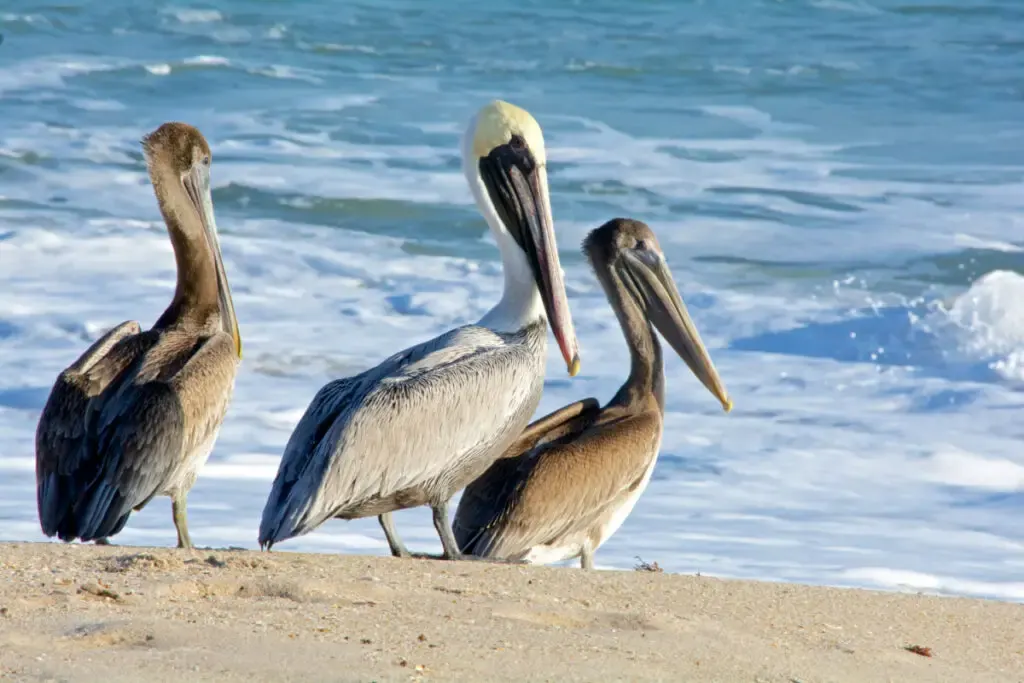
Pelicans
Pelicans are opportunistic feeders. So, while they primarily feed on fish, they may also feed on turtles, albeit occasionally.
Raccoons
Raccoons are pretty efficient at preying on turtles. In fact, a report says raccoons can overwhelm a group of turtles in only a night.
Typically, when raccoons capture turtles, they take their loot to an isolated area where they can feast without interference.
Some Snakes
While it is an uncommon sight, some large snake species eat turtles. These snakes typically go after baby turtles and turtle eggs, but they may also attack adult turtles.
One snake that eats turtles is the common kingsnake.
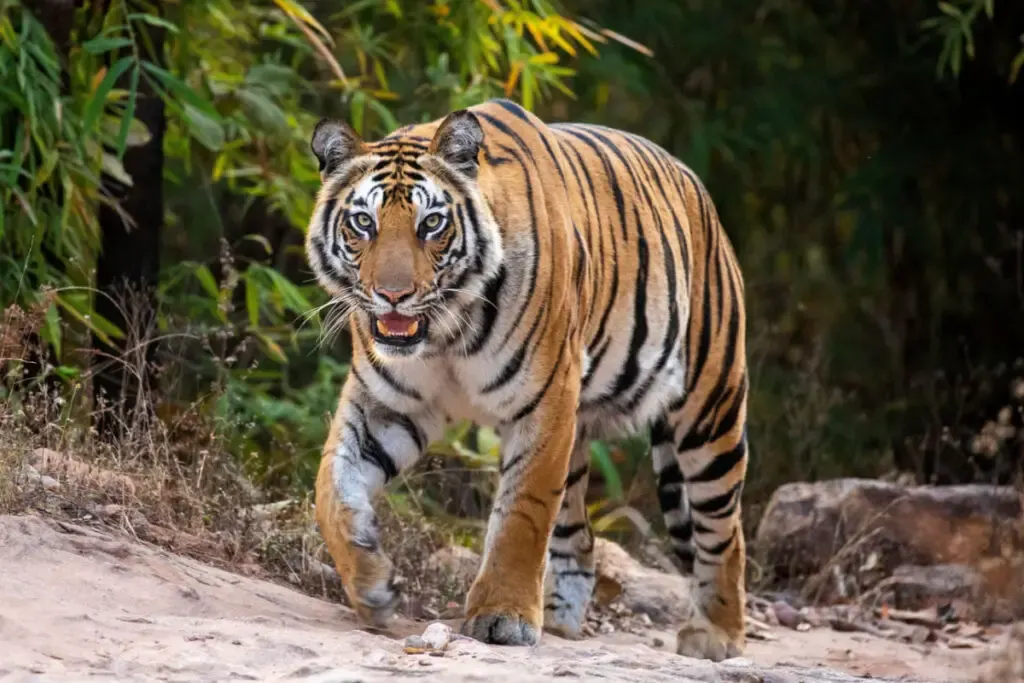
Tigers
Like their domestic counterparts, tigers eat turtles. In one instance, a tigress got hold of an Indian softshell turtle by the leg. It chewed the leg, then proceeded to open the turtle’s shell through the opening around that leg.
Of course, after opening the shell, the tiger ate the turtle completely.
Note that turtles are not a regular part of a tiger’s diet. But when they can, they just might eat a turtle.
Lions
Like their cousins – tigers and cats – lions eat turtles. But their success in preying on turtles is not 100%. It all depends on whether they can break the turtle’s shell or not.
Younger lions typically go after smaller turtles, but adult lions usually go after larger ones.
Sharks
Large sharks are one of the most common predators of sea turtles. Tiger sharks and great white sharks are especially notorious for killing and eating sea turtles.
While tiger sharks and great whites are the main threats to sea turtles, the smaller the turtle, the more the species of sharks that can prey on it.
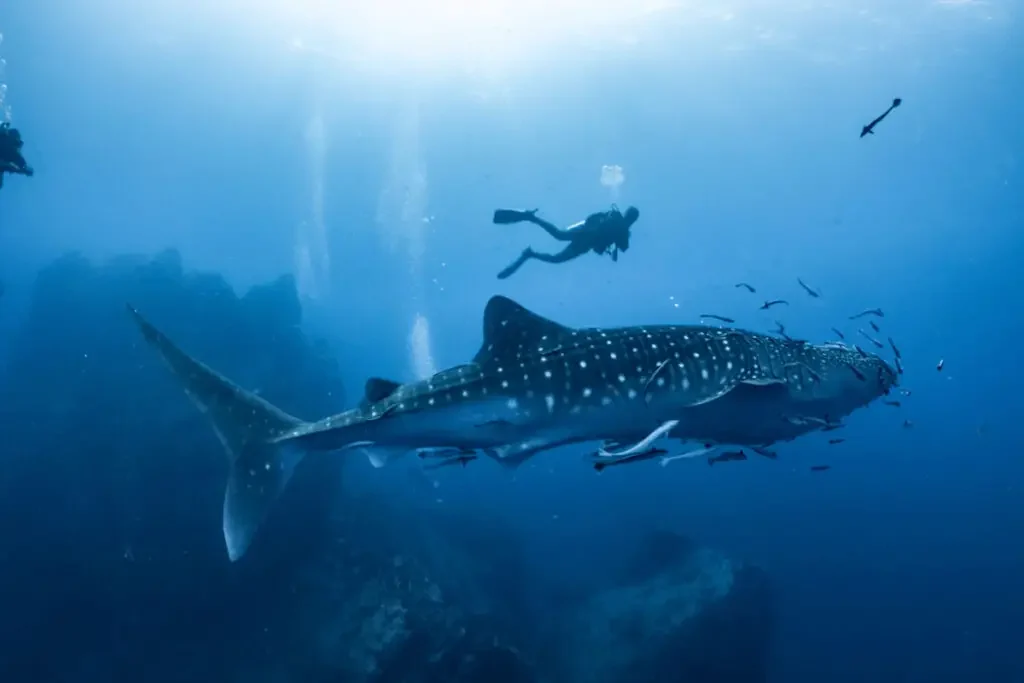
Whales
It is typical for whales, especially Killer Whales, to eat leatherback sea turtles.
Vultures
While vultures are primarily scavengers, they sometimes prey on turtles. Bearded vultures, for instance, attack turtles, fly them high into the sky, then release them to break their shells.
Once the turtle shell breaks, the vulture gets in and eats the turtle’s flesh.
Mongoose
While mongooses are unlikely to eat adult turtles, you will find them feasting on turtle eggs and turtle hatchlings.
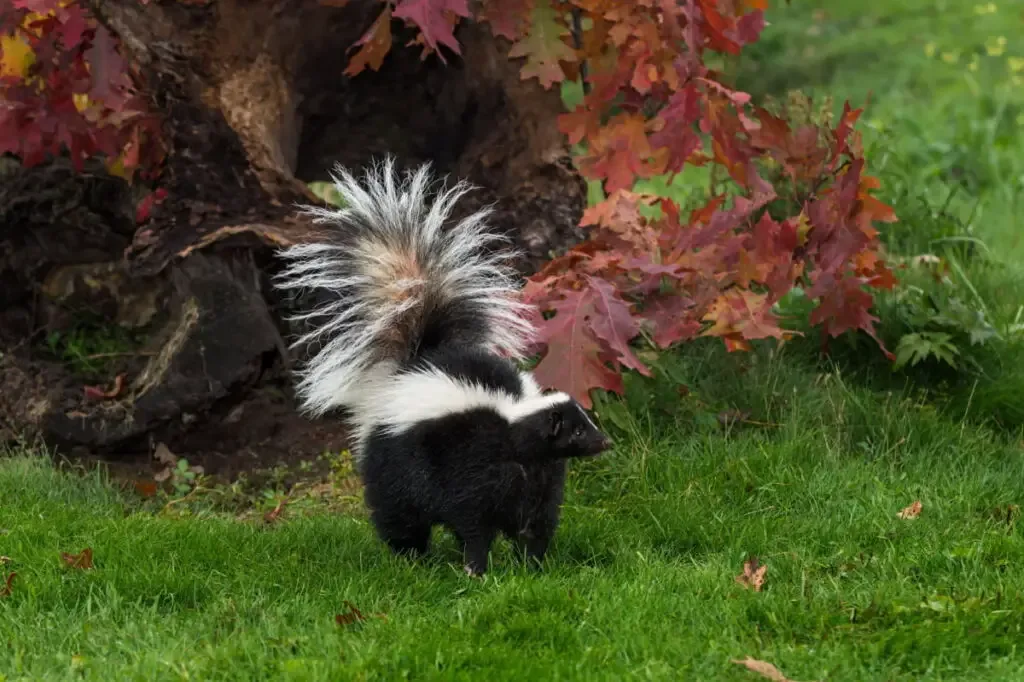
Skunks
Skunks prey on small-sized turtles, turtle hatchlings, and turtle eggs when they can.
While their jaws can break the shell of some small-sized turtles and turtle hatchlings, they are ineffective against adult turtles. Therefore, you are unlikely to find a skunk preying on an adult turtle.
Squirrels
The inclusion of squirrels on this list may surprise you. Most people see squirrels as nut-loving, cute rodents, and while they are all of that, they are also omnivores. This means they feed on plant and animal matter.
For the most part, squirrels will feed on plants. But when they can, they feed on eggs, insects, and small animals: turtle hatchlings are one of the many small animals they can feed on.
Chimpanzees
Like humans, chimpanzees are omnivores, so they feed on plant and animal matter.
Typically, chimpanzees get their animal matter from ants, termites, and other insects. But they may also feed on baboons, turtles, and bushpigs.
Researchers have seen chimpanzees grabbing turtles off the forest floor. After capturing the turtles, the chimpanzees smacked their shells against a tree to crack them open. Once open, the chimpanzees ate the turtles inside.
13 Animals That Do Not Eat Turtles
Some Snakes
While some large-sized snakes like the common kingsnake can eat turtles, many others can’t. Due to the size, shell, and shape of turtles, snakes find it hard to swallow or digest them. Trying to eat turtles might even get them injured, so they just avoid doing so.
Garter snakes, ball pythons, corn snakes, and water snakes are snake species that do not eat turtles.
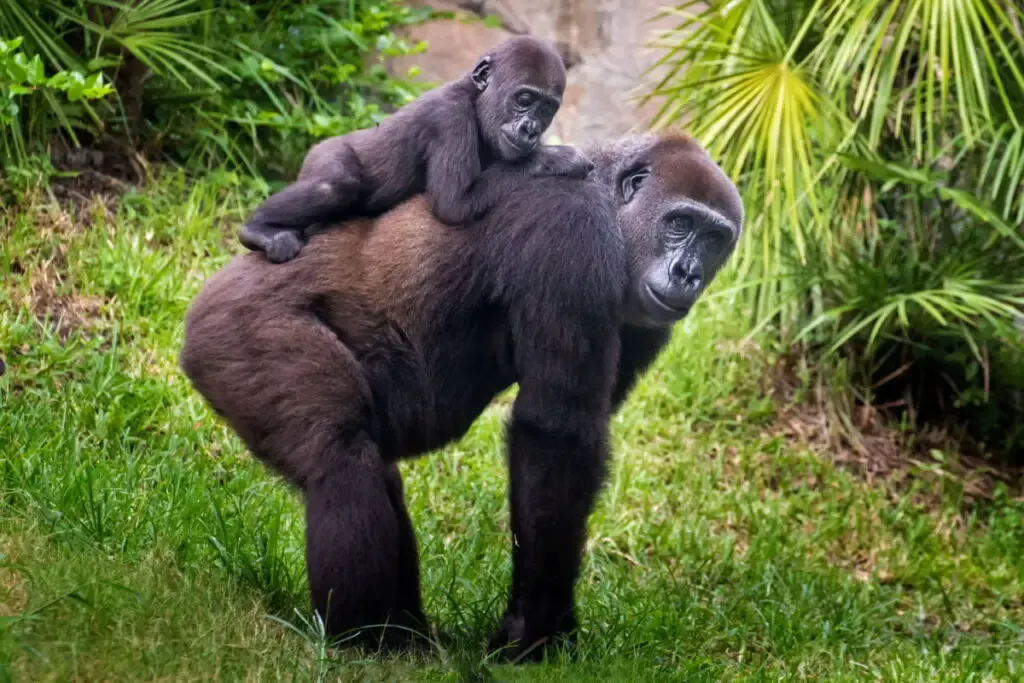
Gorillas
Gorillas are omnivores. But despite their intimidating physique, their diet is primarily herbivorous.
Gorillas mainly feed on fruits, stems, and bamboo shoots. If they want animal matter, they will eat termites, insect larvae, and ants. But they do not eat turtles.
Domestic Pigs
While wild pigs may go after the eggs and hatchlings of sea turtles, domestic pigs don’t. Domestic pigs rarely have to forage. So, they depend on the food their owners give them. They feed on fruits, seeds, nuts, and vegetables. If they want animal matter, they may eat insects and worms.
Elephants
Elephants are the largest animals on land. But despite that, they are strictly herbivorous. So, they do not eat other animals, including turtles.
Chipmunks
Chipmunks might eat turtle eggs when they have a chance. But they are no predators of turtles. In fact, a turtle might be the one to prey on a chipmunk when it comes to that.
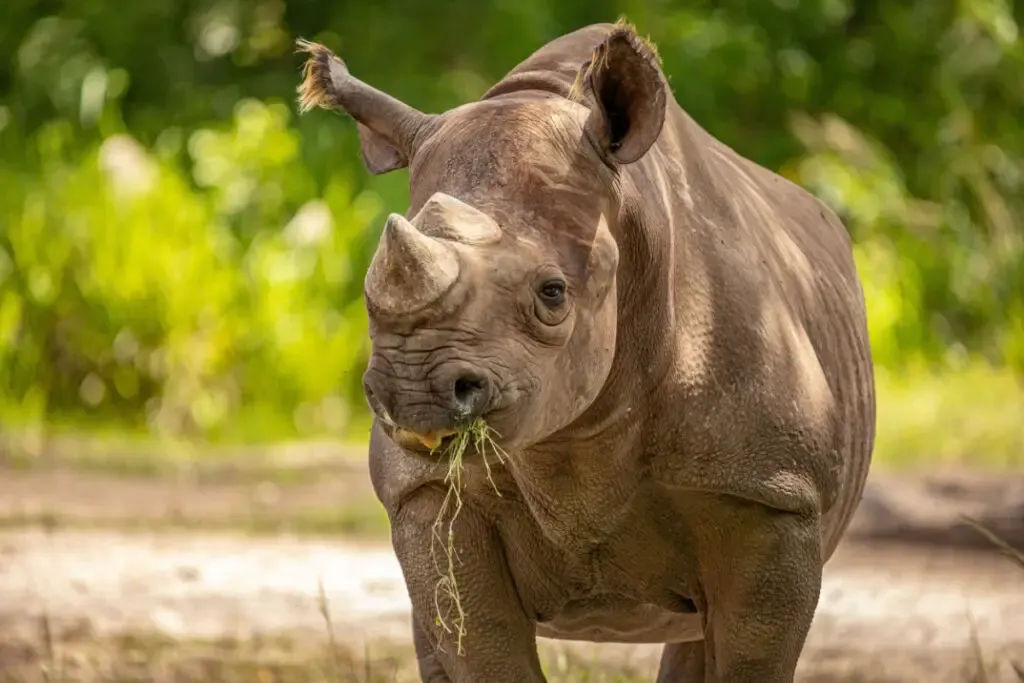
Rhinoceros
Knowing how ferocious rhinoceroses are, one would think that they eat other animals. But rhinoceroses are actually herbivores. Therefore, they do not eat turtles; they only eat plant matter.
Panda Bears
While pandas are bears, their diet is distinct from regular bears. Panda bears spend most of their time feeding on bamboo leaves, shoots, and roots, so you are most likely not going to see them trying to prey on a turtle.
Cows
Cows do not eat turtles. Cows are herbivorous animals, meaning their digestive system can only digest plant matter. So, they won’t feed on any animal.
Manatees
Manatees are primarily herbivorous, so they mostly eat plants. However, you may find them eating animal matter such as fish and clams. But you will not find them eating a turtle.
Cassowaries
Cassowaries prefer eating fruits. But besides fruits, they may eat flowers, fungi, invertebrates, and small vertebrates. However, they are unlikely to eat turtles.
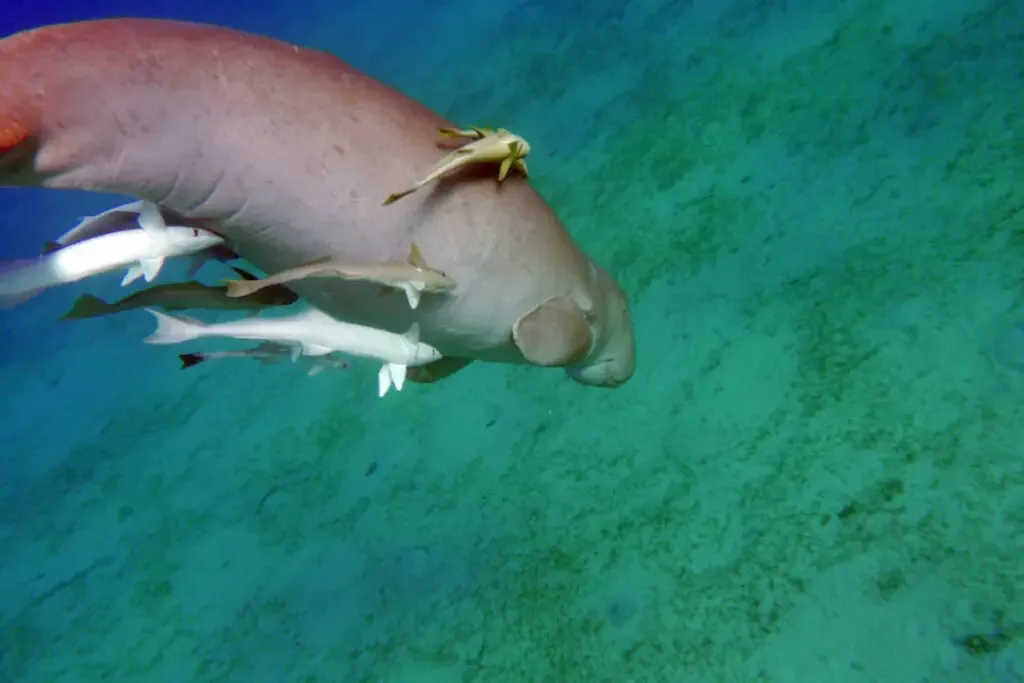
Dugongs
Dugongs are herbivores, so they do not eat animal matter. Going by this, dugongs do not feed on turtles.
Orangutans
Unlike their fellow apes – the chimpanzees – orangutans mainly feed on fruits. While they are omnivorous, orangutans eat fruits 9 out of 10 times. They consume over 400 different plant varieties, including leaves and nuts. This leaves barely any room for them to consider eating turtles.
Moose
Moose do not eat turtles. They are herbivorous animals, and their diet consists primarily of twigs, leaves, and aquatic vegetation.
Resources
- https://www.nationalgeographic.org/encyclopedia/scavenger
- https://www.nationalgeographic.com/animals/article/turtles-endangered-biodiversity-ecology-tortoise-terrapin-animals
- https://www.turtleholic.com/do-alligators-eat-turtles
- https://sciencing.com/animals-eat-turtles-8478734.html
- https://askmycats.com/do-cats-eat-turtles/
- https://urbanfishkeeping.com/do-crocodiles-eat-turtles/
- https://www.animalpicturesarchive.com/how-do-eagles-eat-turtles/
- https://www.al.com/news/2016/05/turtle_its_whats_for_dinner_fo.html
- https://urbanfishkeeping.com/do-owls-eat-turtles/
- https://urbanfishkeeping.com/what-animals-eat-turtles/
- https://www.animalpicturesarchive.com/does-pelicans-eat-turtles/
- https://www.gardenstatetortoise.com/post/protecting-turtles-tortoises-from-predators
- https://sciencing.com/animals-eat-turtles-8478734.html
- https://www.totaltails.com/do-snakes-eat-turtles
- https://www.natureinfocus.in/animals/do-tigers-eat-turtles
- https://roaring.earth/lions-vs-tortoise/
- https://seaworld.org/animals/all-about/sea-turtles/longevity
- https://www.totalreptile.com/do-sharks-eat-sea-turtles/
- https://seaworld.org/animals/all-about/killer-whale/diet/
- https://sciencing.com/animals-eat-turtles-8478734.html
- https://ohiostate.pressbooks.pub/sciencebitesvolume2/chapter/1-5-non-native-mongoose-herpestes-javanicus-a-threat-to-hawaiian-islands/
- https://dlnr.hawaii.gov/hisc/info/invasive-species-profiles/mongoose
- https://www.boxturtles.com/what-predators-eat-turtles
- https://boards.straightdope.com/t/so-grey-squirrels-eat-turtles/370610
- https://theconversation.com/chimpanzees-spotted-smashing-open-and-eating-tortoises-for-the-first-time-117630
- https://www.worldwildlife.org/stories/what-do-gorillas-eat-and-other-gorilla-facts
- https://www.wildpiginfo.msstate.edu/damage/threats.php
- https://a-z-animals.com/blog/what-do-pigs-eat/
- https://a-z-animals.com/blog/what-do-ostriches-eat/
- https://blog.nwf.org/2011/12/not-alvin-and-the-chipmunks-10-facts-about-the-real-rodents/
- https://www.youtube.com/watch?v=SAWsIul8UzM
- https://www.livescience.com/27439-rhinos.html
- https://www.wwf.org.uk/learn/fascinating-facts/pandas
- https://seaworld.org/animals/all-about/manatees/diet/
- https://a-z-animals.com/blog/what-do-cassowaries-eat/
- https://www.qld.gov.au/environment/plants-animals/animals/living-with/cassowaries
- https://www.iucn.org/sites/dev/files/book_dugong_and_their_seagrass_habitat.pdf
- https://seaworld.org/animals/all-about/orangutans/diet/
- https://www.answers.com/Q/Do_moose_eat_turtles
- https://www.dec.ny.gov/docs/wildlife_pdf/moose1.pdf
